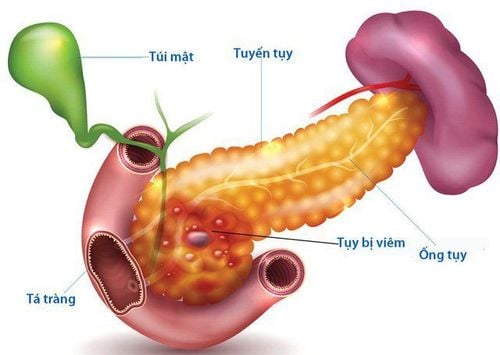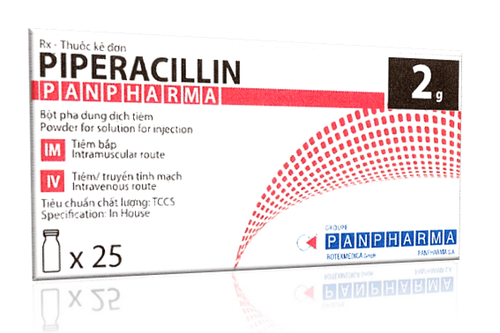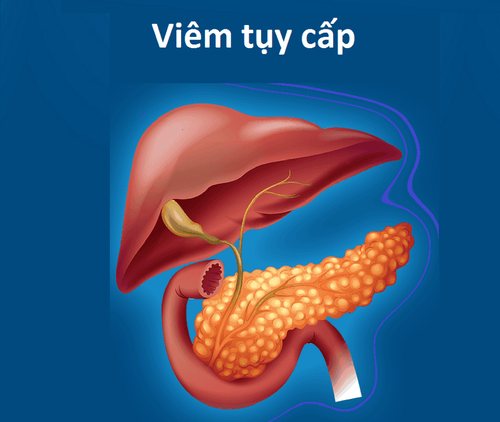This is an automatically translated article.
Common bile duct cyst was first described anatomically in 1723, the disease is quite rare in Western countries but more common in Asian people. The typical triad of the disease is abdominal pain, jaundice and a palpable tumor in the right upper quadrant of the abdomen, which is more common in children than in adults.
1. Is the common bile duct cyst dangerous?
Common bile duct cyst is defined as when the common bile duct is more than 1 cm dilated. The risk of disease progression depends on the age of the disease. Infants and children can develop pancreatitis, cholangitis, and hepatocellular damage. Meanwhile, adults may have cholangitis, portal hypertension, cirrhosis or acute pancreatitis. Symptoms of common bile duct cysts also depend on age:
Newborns and young children often present with jaundice, abdominal tumors, rarely abdominal pain Older children often present with more abdominal pain, accompanied by abdominal pain. fever, yellow eyes, jaundice (cholangitis)
2. Classification of biliary cysts
In fact, the cases of common bile duct cysts occupy mainly in the biliary tree, so they are often referred to as biliary cysts, although if divided according to anatomy, the cystic ducts must have 5 different types including:
Type 1 : Common bile duct cysts account for more than 80% of cases including cystic or rhabdoid cysts of the common bile duct Type 2: Common bile duct cyst protruding from the wall of the common bile duct, containing a narrow catheter with the common bile duct Type 3: Common bile duct cysts originating from below D2 duodenum Type 4 (mixed cysts): both intrahepatic and extrahepatic biliary tracts are enlarged Type 5 (intrahepatic cysts): also called Caroli's disease including cysts of the bile ducts in the liver
3. Complications of common bile duct cysts:
If the common bile duct cyst is not treated, it can lead to the following complications:
Biliary tract infection Cirrhosis due to cholestasis and chronic cholangitis Acute pancreatitis Biliary wall ulceration causing biliary bleeding Cancer Cholangiocarcinoma is the most dangerous complication with common bile duct cysts with a prevalence of 9-28%.

Nang ống mật chủ có thể gây biến chứng viêm tụy cấp
4. How to treat common bile duct cysts?
Cases of common bile duct cysts diagnosed before birth without jaundice, yellow eyes, can consider indications for surgery at 3 months old, if accompanied by jaundice, yellow eyes can be operated earlier at 1 -2 months. Other cases will be operated soon when detected.
The general principle of choledochal cyst surgery is to cut the entire common bile duct and then reestablish the circulation of bile from the liver to the digestive tract. Specifically, surgical treatment according to each type of biliary cyst is as follows:
Type 1: Excision of the entire cyst and re-establishment of circulation by a Y-loop supraenteric anastomosis Type 2: Surgery to remove the diverticulum Type 3: If the cyst size is less than 3 cm, endoscopic transesophageal resection of Oddi can be performed, if the cyst is larger, it is necessary to open the duodenum and replant the pancreatic duct into the duodenum if the pancreatic duct is inserted into the cyst. Type 4: Total excision of the dilated extrahepatic common bile duct, connecting the remaining hepatic duct to the intestine above the Y-loop, intrahepatic cysts do not need to be treated if there are no stones, abscesses or biliary strictures. Type 5: Liver lobectomy if the cyst is in 1 lobe (usually the left lobe), it is necessary to assess whether the remaining liver function is sufficient before surgery to remove 1 lobe.
Please dial HOTLINE for more information or register for an appointment HERE. Download MyVinmec app to make appointments faster and to manage your bookings easily.













